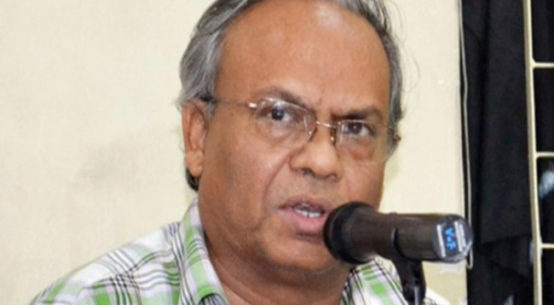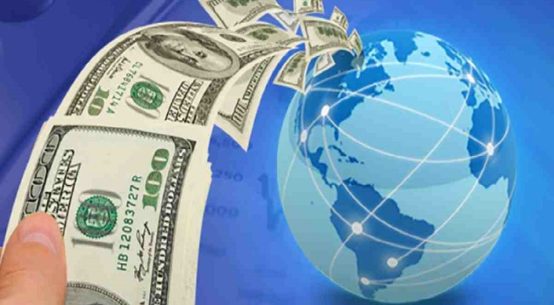The dollar to taka conversion rate has become an indicator of the state of the economy. It has been roughed up by the economic weather both global and local. One had almost gotten used to a dollar-taka rate of around 85 for a long while but that “stability ” didn’t survive in the storm. The rate began to climb rapidly like an agile Sherpa and crossed into three digits a month back. It was the first time in its economic history that this had happened.
But it was not just anxiety about the falling taka but greed of the dealers as well. Speculators and market players who used the rising price to cash in made the situation even stickier. And it wasn’t just the dealers and black market players but legit money exchangers and big banks too.
The Bangladesh Bank continued to dither for over a month before some actions were taken. Finally, control mechanisms and market forces have pulled the rates down from the peak 120 to 112 though these are just indicative numbers. What it however may be saying is that currency volatility is here to stay for a while. These rates are certainly not staying there.
Banks, money dealers and migrants
Dhaka media reports that many had begun hoarding dollars and a new band of dealers had entered the market pulled in by the quick climbing rates along with the old one. Hoarding and selling currency is an old game but when scheduled banks become shady currency traders it’s unusual but not unexpected. That 6 top banks were named and punishments were meted out is a significant matter.
Its significant because the banks are top notch functioning ones and the decisions were not politically inspired but financial discipline based. It sent out a message that restrictions were on. Now BB has asked the respective banks to investigate and act.
Money exchangers and other kerb market dealers have also been brought under some discipline by restricting buying and selling margins. As restrictions on import have impacted, the pressure on dollars has eased a bit. While remittance is up this month, BB had admitted more dollars are being spent than what is earned. So the situation is dicey.
Apparently, the currency speculators who were hoarding dollars have now started to sell off as prices are not shooting up. Those who have bought around 112 may face loss as the market may hover around this rate for a while. Observers however have pointed out that this rate too is not exact and the dollar may settle at its actual rate over time which could be higher. So rate swings are to be expected.
Lesson learnt
Apart from the difficulties posed by politically convenient decisions, the scenario shows that the Bangladesh Bank or the authorities were lazy in taking decisions, They hadn’t read the situation well when the upward swing began. This period of more than a month when the dollars went into a free fall was avoidable but was not avoided. Actions came much late and only when political costs became possible. Since the Bangladesh Bank is not an autonomous monetary management body, the buck goes and stops at the cabinet doors.
Tough situations can be softened significantly by tough decisions but decisions need to be taken quickly with expertise to back them. That’s what BB needs to prove.


